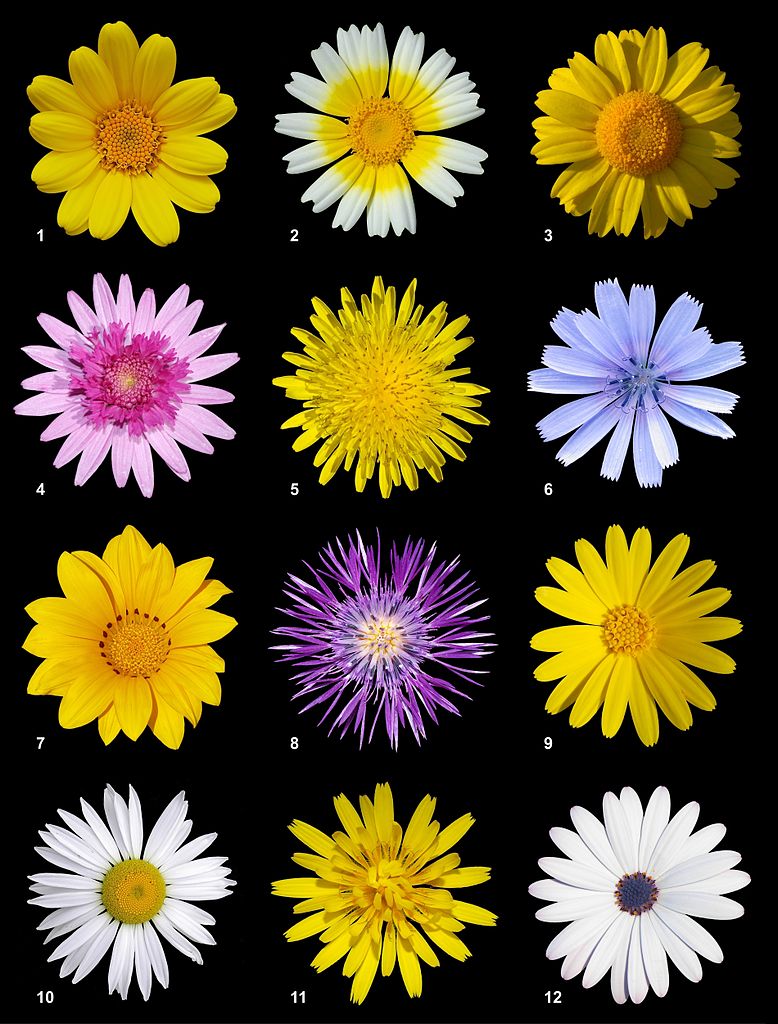"It only lives in York, and it only ever lived in York."
 |
| Senecio eboracensis, the York groundsel (photograph of type specimen from Plants of the World Online, Copyright: Board of Trustees, RBG Kew.) |
The tansy beetle may be the biodiversity jewel of York but Senecio eboracensis - the York groundsel - is just as interesting, and just as worthy of celebration.
You may have seen recent news coverage in the Yorkshire Post, the Grauniad, and on the BBC about its 'de-extinction'. The York groundsel's tale was presented along these lines:
- Discovered in 1979 near York railway station.
- Rendered extinct by council weedkillers in 1991.
- Seeds saved by University of York scientists.
- Resurrected in a Welsh polytunnel and replanted in York.
Perhaps inevitably, it turns out there's a bit more to the story, so I thought I'd try to tell it here. It is a tale that allows us not just to contemplate scientific concepts such as biodiversity, evolution and extinction, but also human topics, from neglect and urban decay to immigration and integration.
 |
| Senecio, an old man with a tale to tell. |
The York groundsel came officially into existence as a new species in 2003, when Andrew Lowe and Richard Abbott published an article (which you can read here) in the journal Watsonia. They identified Senecio eboracensis as a fully fertile hybrid of the native groundsel (Senecio vulgaris) and the Oxford ragwort (Senecio squalidus).
Hybrids are common enough, but most can't reproduce. Being a fertile hybrid, the York groundsel is exceptional, and therefore evolutionarily interesting. How did it come into being?
Its parents' common names make it sound like the conception was an entirely British affair. Half-vulgar, half-squalid, if you trust the Latin. Oxford ragwort, however, is as English as fish and chips. As Lowe and Abbott explain, it was introduced to Britain - to Oxford - in the early 18th Century, from Sicily, where its natural habitat was rocky slopes of volcanic ash. So the York groundsel is Anglo-Italian: the offspring of a meeting between a resident Brit and an Oxfordian immigrant.
 |
| Senecio squalidus, Oxford ragwort (image copyright Department of Plant Sciences, University of Oxford) |
How did the latter make it to York? Like so many visitors, it caught the train. Some time soon I might get into discussing geodiversity, or why there aren't three types of rock, but four: igneous, sedimentary, metamorphic, and anthropogenic. For now, for the origins of York groundsel, I will note only that railway tracks ballasted with granite are very much like a debris-covered volcanic slope. If you're an igneous immigrant, such man-made habitats are perfect for dispersal.
When did Oxford ragwort get to York? Lowe & Abbott record that it was sighted in Acomb in 1938, and on Tadcaster Road in 1948, and that it was widespread in the city by the mid-1950s. Its York-born progeny wasn't spotted until 1979, however, when Abbott and another colleague, D. F. Marshall, discovered it - appropriately - near York railway station. In 1992, Judith Irwin and Richard Abbott suggested it was a new species but 'no formal description was made' until Lowe & Abbott finally named it in 2003.
Was York groundsel a baby boomer, or a Generation X? Lowe & Abbott suggest the latter, arguing that local botanists would have noted an unusual groundsel if it had appeared in the 1950s or 60s. Whenever exactly it was born, by the early 1990s, York groundsel had also been spotted near Lendal Bridge (in what is now North Street Gardens*), and in English Martyrs' church car park on Dalton Terrace, and there were at least 250 individuals living in the city.
In some of the recent news coverage, 1991 is given as the year that York groundsel was weed-killed into non-existence, but Lowe & Abbott's paper tells a different story. They state that there was a decline in the species' abundance in the 1990s, but that in 1999, populations were still to be found on Tanner Row, and near Lendal Bridge. However, they cautioned that 'it needs to expand rapidly in number and size of populations to avoid the risk of extinction'.Clearly, this didn't happen. In 2010, the York Press declared that York groundsel definitively had been eliminated by weedkillers. By 2020, as Kevin Walker and colleagues explained in that year's British plant atlas, York's botanical wonder had disappeared from the only place it had ever lived.
Thankfully, some of its seeds remained, and now - thanks to Andrew Shaw of the Rare British Plants Nursery and colleagues - it is back home,. We should all be looking for it, and highlighting it, and treasuring it, just as we might treasure the resident arthropod of its asteracean cousin, the tansy.
 |
| All in a day's eye (poster of Asteraceae flowers by Joaquim Alves Gaspar, from Wikimedia Commons) |
Now, if there are any urban botanists out there who could provide me with a reliable guide for identifying the York groundsel in the field, I'd be very grateful...
*officially, this is the York groundsel's type locality, as that's where the holotype of Senecio eboracensis came from (as shown in the Royal Botanic Gardens Kew's online herbarium).
John Snow would be delighted.
Comments